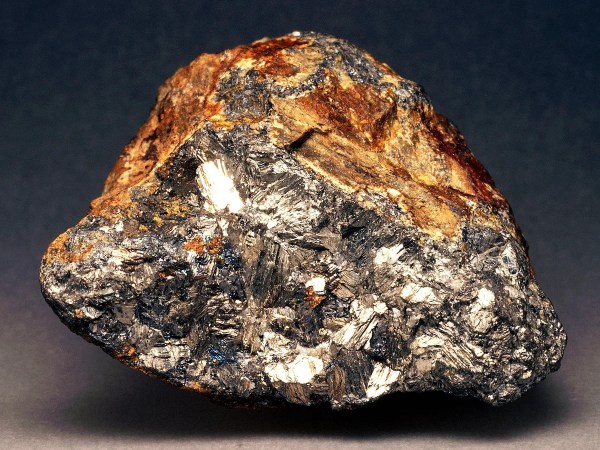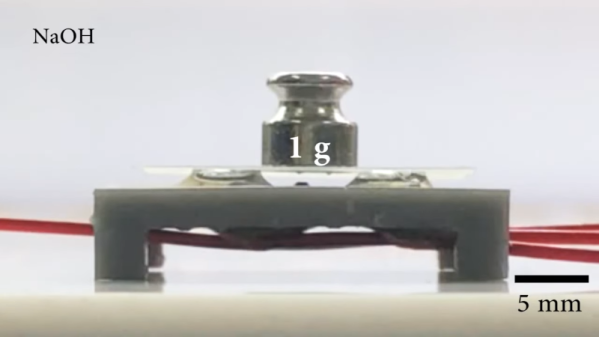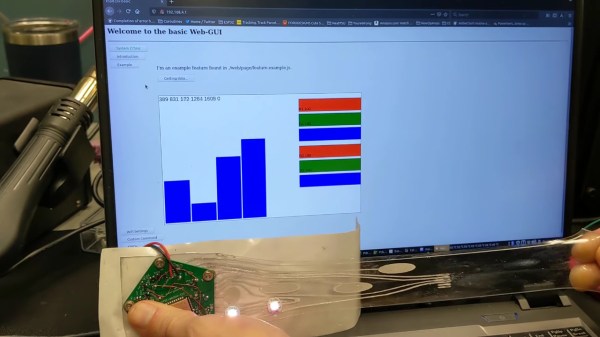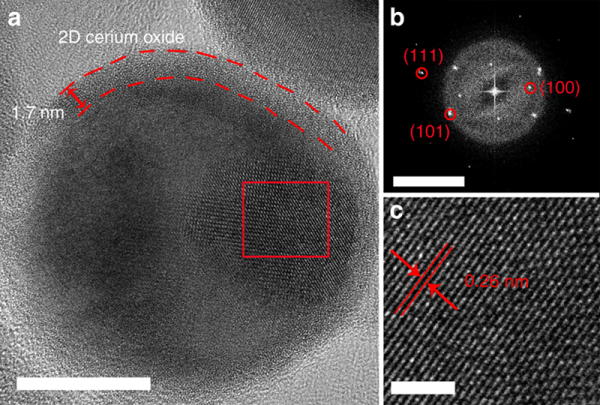The news is rife with claims of the next great thing in clean energy generation, but most of these technologies never make it to production. Whether that’s due to cost issues, production, or scalability, we’re often teased with industry breakthroughs that never come to fruition. Multi-layered solar panels, wave and tidal energy, and hydrogen fuel cells are all things that are real but can’t seem to break through and overtake other lower cost, simpler, and proven technologies. One that seems to be bucking this trend is the liquid metal battery, which startup Ambri is putting into service on the electrical grid next year.
With lithium ion battery installations running around $405 per kilowatt-hour, Ambri’s battery technology is already poised to be somewhat disruptive at a cost of about half that. The construction method is simpler than lithium as well, using molten metal electrodes and a molten salt electrolyte. Not only is this more durable, it’s also not flammable and is largely immune to degradation over time. The company’s testing results indicate that after 20 years the battery is expected to still retain 95% of its capacity. The only hitch in scaling this technology could be issues with sourcing antimony, one of the metals needed for this type of construction.
Even though Ambri can produce these batteries for $180 to $250 per kilowatt-hour, they need to get the costs down to about $20 for the technology to be cost-competitive with “base load” power plants (an outdated term in itself). They do project their costs to come down significantly and hit this mark by 2030, which would put electrical grids on course to be powered entirely by renewables. Liquid metal batteries aren’t the only nontraditional battery out there trying to solve this problem, though. Another promising interesting energy storage technology on the horizon is phase-change materials.
















